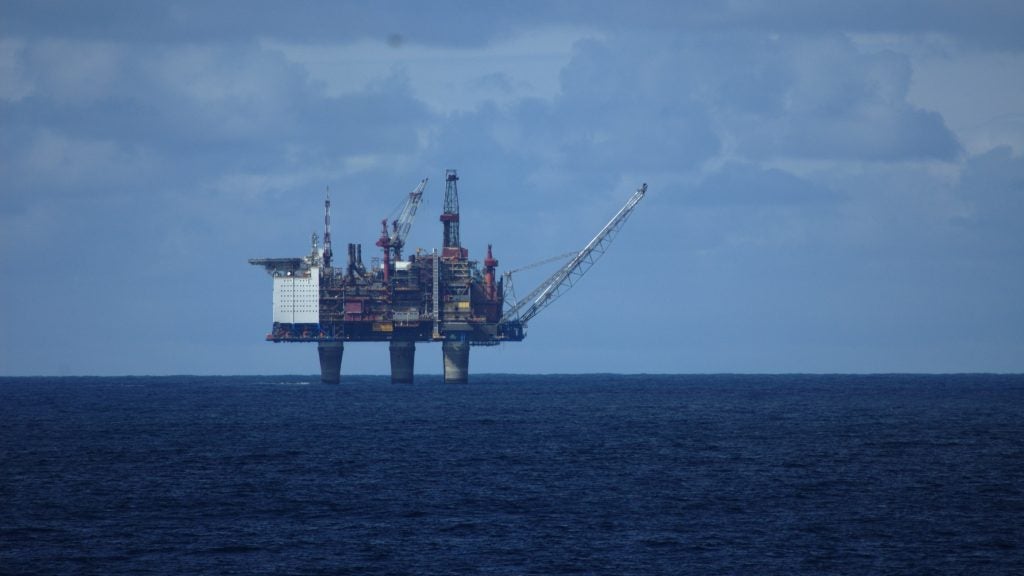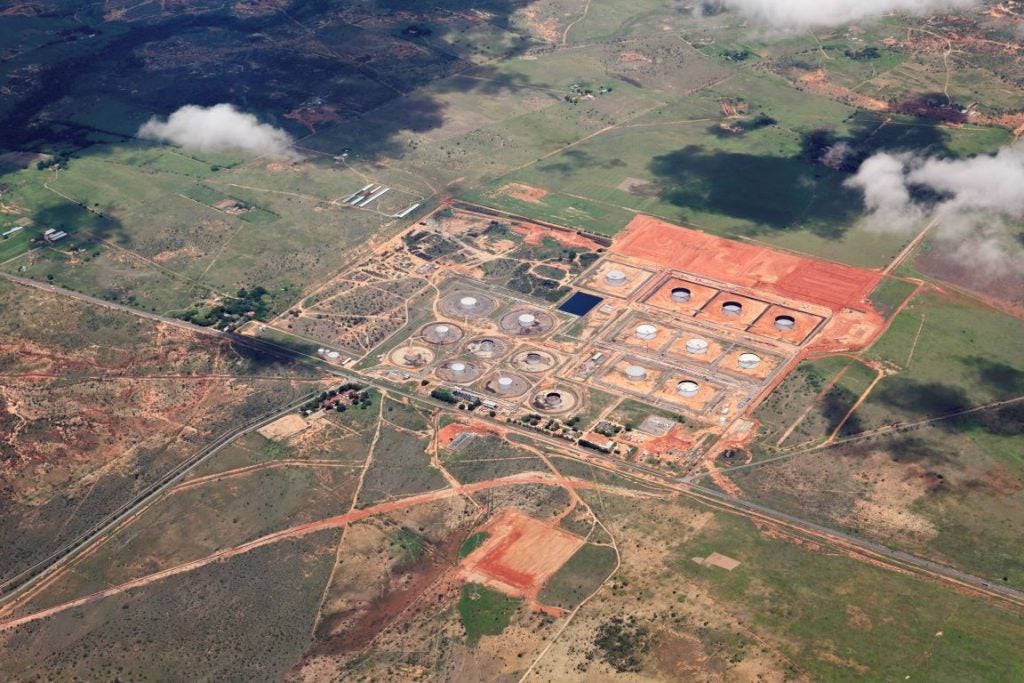
In many ways, summer 2018 looks like a season of promise for the North Sea oil and gas industry. Rewinding to the beginning of summer 2016, the price of Brent crude was just beginning to rally from its nadir a few months earlier, with prices hovering around $40 a barrel and the market still prompting heavy belt-tightening from the industry.
This summer, prospects are looking distinctly rosier for the North Sea. The oil price is fluctuating at a much more profitable $70-$75, while operators are benefiting from the efficiency savings they achieved during the downturn and a healthy stream of investment – albeit generally small and surgical rather than big-ticket spending – is flowing into the region. Production on the UK Continental Shelf (UKCS) has also stabilised at around a million barrels a day, a halt in the recent decline.
“Oil production is fairly robust for the UK and has been for the last couple of years,” says S&P Global Platts analyst and senior editor Nick Coleman. “The message from the major oil companies has been relatively positive; it’s a success story of bringing down costs, bringing in technology and halting the decline.”
While the prognosis is looking generally positive for the North Sea as an oil and gas region, labour relations in key fields appear to have taken a nosedive. After several years with little to no strike action, even through a downturn that has seen tens of thousands of jobs lost in the sector, this summer has been a busy one for labour disputes.
Oil strikes in Norway and the UK
In the Norwegian North Sea, a strike against the Norwegian Shipowners’ Association organised by the Safe union in July ran for 10 days, eventually bringing in 1,600 workers, who were primarily defending pension guarantees that were under threat, but also arguing for floating rig workers to be paid the same as platform workers. The strike involved workers on rigs operated by the likes of Saipem and Transocean, and caused the shutdown of production at Shell’s Knarr field, which produces just under 24,000 barrels of oil a day.
“The operators are global, they are thinking worldwide,” says Safe union leader Hilde-Marit Rysst, one of the main organisers of the strike. “If they can cut their costs, they do it. We’re saying that they have to understand what they’re cutting, not just say that they want it to be cheaper. I guess you will see it in several regions – like the UK, the Gulf of Mexico and all over the world. But we in Norway have a good union and we are prepared to take that kind of fight.”
How well do you really know your competitors?
Access the most comprehensive Company Profiles on the market, powered by GlobalData. Save hours of research. Gain competitive edge.

Thank you!
Your download email will arrive shortly
Not ready to buy yet? Download a free sample
We are confident about the unique quality of our Company Profiles. However, we want you to make the most beneficial decision for your business, so we offer a free sample that you can download by submitting the below form
By GlobalDataJust as Safe’s strike came to an end on 20 July, a round of strikes kicked off on the UKCS. At three of Total’s platforms on the Elgin-Franklin fields – Alwyn, Elgin and Dunbar – members of the Unite union have voted for a series of 12 and 24-hour strikes over pay and an unpopular three-weeks-on/three-weeks-off work rota for offshore staff, with strike action scheduled sporadically throughout August, September and October.
At Equinor’s (formerly Statoil) Mariner project, located 93 miles east of the Shetland Islands, GMB union members have also threatened to strike over pay against oilfield services company Aker Solutions, which is a major contractor on the project, before production at the field even begins. The strike was averted in mid-August after members accepted a new pay offer from Aker, but even so it’s clear that offshore workers are asserting themselves, especially after a period of industrial decline during the downturn.
“The oil price is higher, profits for these companies are higher, and clearly the trade unions feel that they tightened their belts during the downturn, as everybody did,” says Coleman. “Many people lost their jobs, and now the oil price is up around $70-$75, compared with $27 at the absolute rock bottom. Clearly they feel they want to share [in the profits].”
Preserving production
So in terms of production, what kind of an impact have these strikes had? Safe’s strike in Norway raised concerns about production levels if it were to continue to spiral, but the dispute seems to have been resolved before any of those fears could be realised. As for the Total strikes in Elgin-Franklin, the picture is a little more complicated.
According to Coleman, the three Total fields affected by the Unite strikes have a total production capacity of just under 70,000 barrels a day, which represents around 20% of the stream supplying the Forties pipeline and about 7% of the UK’s total oil production. Forties crude oil has increasingly been channelled to export markets rather than being used domestically, making it a valuable stream to threaten with disruption through strikes.
“In July, 37% of Forties crude loaded at Hound Point went to China and 29% to South Korea,” says Coleman. “Some of it goes to the Grangemouth Refinery and some of it might stay in north-west Europe, but this is the biggest export grade, and obviously it’s pretty lucrative and valuable in economic terms.”
While Coleman notes there has been some disruption resulting from the complex process of re-starting production at platforms that have been shut down due to the complexities of bringing fields that produce a mixture of liquids and gas back online, Total has succeeded in minimising disruption to its global supply lines.
“It’s been a case of delays of a few days in loading a tanker and getting it off, rather than something more dramatic, like cancellations,” Coleman says. “How they’ve done that exactly is something we’re studying. There is some flexibility in terms of how much of the crude goes to Grangemouth Refinery [in Scotland], perhaps, and maybe other fields are compensating. Total had a maintenance plan for these fields to be shut down for a few days anyway, and they extended the maintenance and moved it to coincide with the strikes. So they are clearly doing their best to mitigate the impact in terms of tanker exports of this crude oil. We haven’t seen a huge amount of disruption yet.”
The art of the deal
With this summer’s uptick in industrial action, observers are watching closely to see how labour negotiations progress, and whether protracted disputes will have implications for the North Sea’s attractiveness as an investment destination. While Total has managed to mitigate the immediate production impacts of the Unite strikes, there is currently no resolution in sight in the discussions with the union. Total recently asked Unite to suspend further strikes over the next few months while it considers new proposals, a request that the union rejected.
“With the Total strike, the longer it goes on and generates headlines, the more emblematic it becomes,” Coleman says. In August, the company proposed a compromise to avert a strike threat at the Shetland Gas Plant; the deal reportedly offered a 15% base salary increase in exchange for keeping a three-week shift pattern.
Safe’s strike in Norway ended after the union’s members were reassured that pension guarantees will remain in place for existing workers, even if they switch companies mid-career. “It’s a guaranteed system for everyone who is working on floating rigs,” says Rysst. “The thing they wanted to change was, they said that ‘new’ was just when you changed your overalls and had a new firm logo. They said, ‘No, then you can lose the guarantee.’ It’s a lot of money for each and every one. So now it’s for everyone.”
When negotiation between Safe and the Norwegian Shipowners’ Association ground to a halt in July, a state-appointed mediator was brought in to break the deadlock. “I think the Norwegian system with the mediator is very good,” Rysst says. “He is kind of the referee in a boxing match, and he works with both sides.”
Addressing workers’ concerns
With North Sea strikes currently high on the agenda, it likely won’t be enough for oil operators and owners to simply work on their negotiating positions and mitigation strategies. To minimise the risk of more disruptive strikes, the industry must engage with the underlying issues that bother offshore workers.
“It’s of course always about HSE [health, safety and environment] because of the cuts on cost,” Rysst says. “We are concerned about how long can we be living on the better maintenance that we have had in the past, and now we are starting to do less maintenance, and suddenly the rope could cut itself. Another thing for the employees is conditions, because now we see that the contracts from the operators are very short – one oil well and maybe a job for six weeks, and they make it a contract. It’s very insecure. We see that this is the way the market is trying to push the workers, to say yes to agreements for one scheduled offshore project at a time.”
Given the scale of job losses and wage stagnation endured by the North Sea workforce during the oil price downturn, it’s understandable that many workers would feel entitled to feel the benefits of the industry’s tentative rally, having weathered the storm with few complaints. Coleman summarises the industry’s take on that line of argument.
“Obviously it becomes harder to argue for austerity when you’re increasing dividends and the like for shareholders,” he says. “But I would say there’s a case to be made that the industry is still in recovery mode. The returns that it’s making are still not really what you would’ve had in past periods. The oil industry traditionally has been expected to make very high returns for investors, and now they’re lucky if they’re making a 10% return on capital employed.”
It’s an age-old argument that will certainly rumble on. But there seems to be an increasing willingness among offshore workers to stand up to perceived mistreatment, and engaging with workers at all levels of the business is a good starting point to build better labour relations and reduce the likelihood of future strikes, not to mention better capture the expertise that comes from decades of on-the-job experience.
“We all want our firm to be the best workplace, and we all want to ensure that our firm will be successful and making money,” says Rysst. “But we have to be a part of it, and if you bring the workers to the table, you will get the best ideas.”






